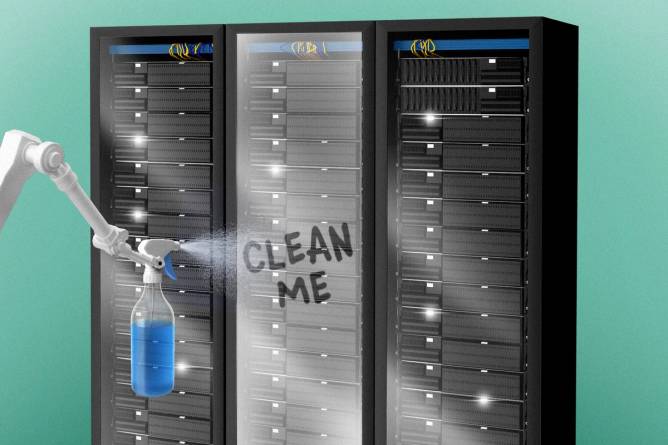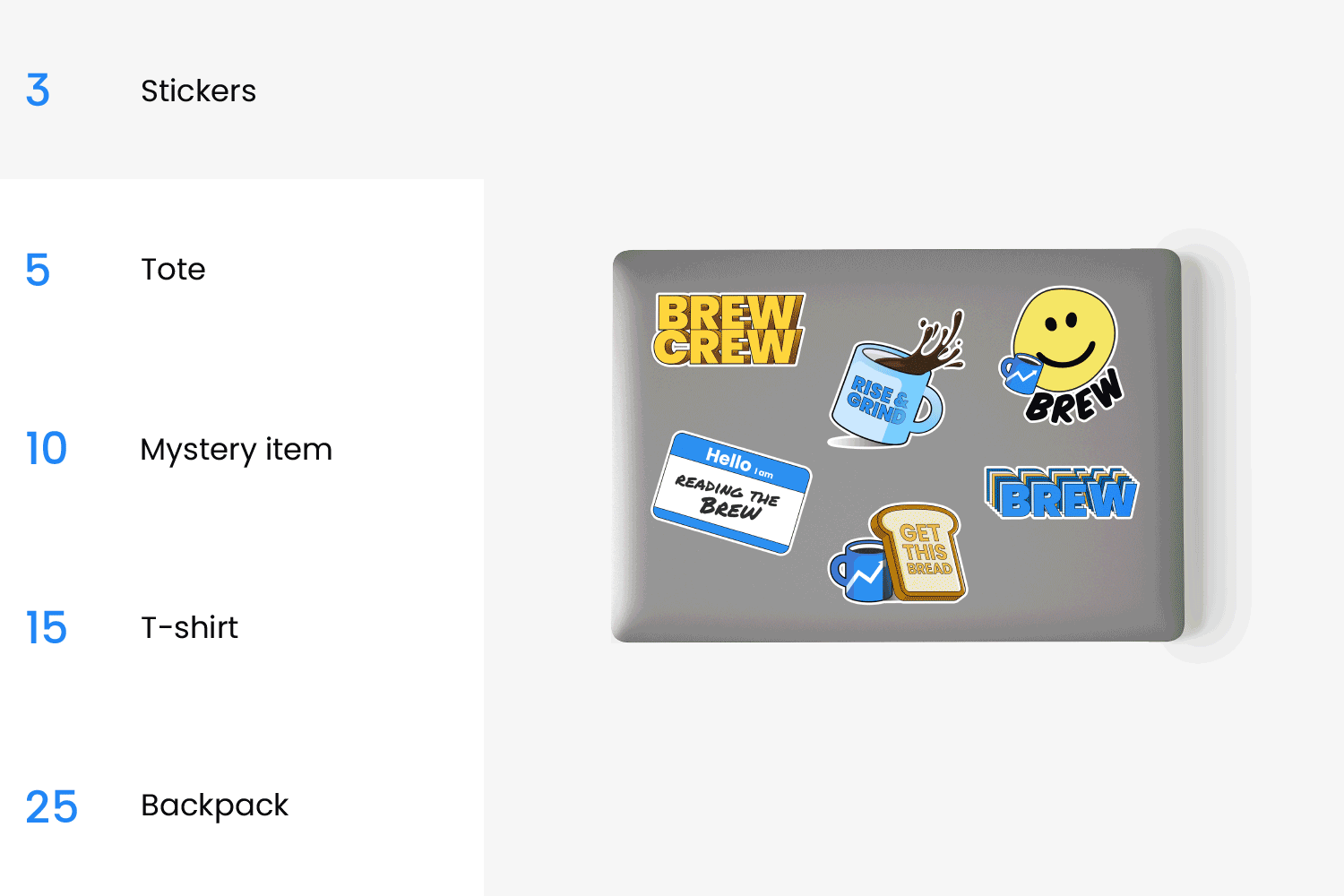|
Like your grudge-holding friend, orgs are still having trouble patching that thing up from three years ago.
Recent reports, including of an obfuscation attack revealed by cloud-app security firm Datadog, demonstrate that companies still haven’t effectively remediated an old vulnerability in the Java-based logging framework Log4j—one found and patched in 2021.
“There’s always an urgency when new things come out, and then it tends to die out in terms of prioritization of risk in companies. And I think it’s important to continue looking for new techniques against old zero-days,” Bianca Lankford, VP of security engineering at Datadog, told IT Brew.
Log, Dog? Datadog, in an August 20 post, reported threat actors obfuscating malicious LDAP requests. TechTarget describes the lightweight directory access protocol as a “pocket-sized phonebook, but for your network,” used to pull resources like an unknown email address.
According to the Datadog findings, a vulnerable Java application retrieves the Java-class URL and executes it through the Java Naming and Directory Interface (JNDI). The class, or resource pointer, executes commands to download and run a malicious script, leading to data exfiltration and system recon.
Read more here.—BH
|









